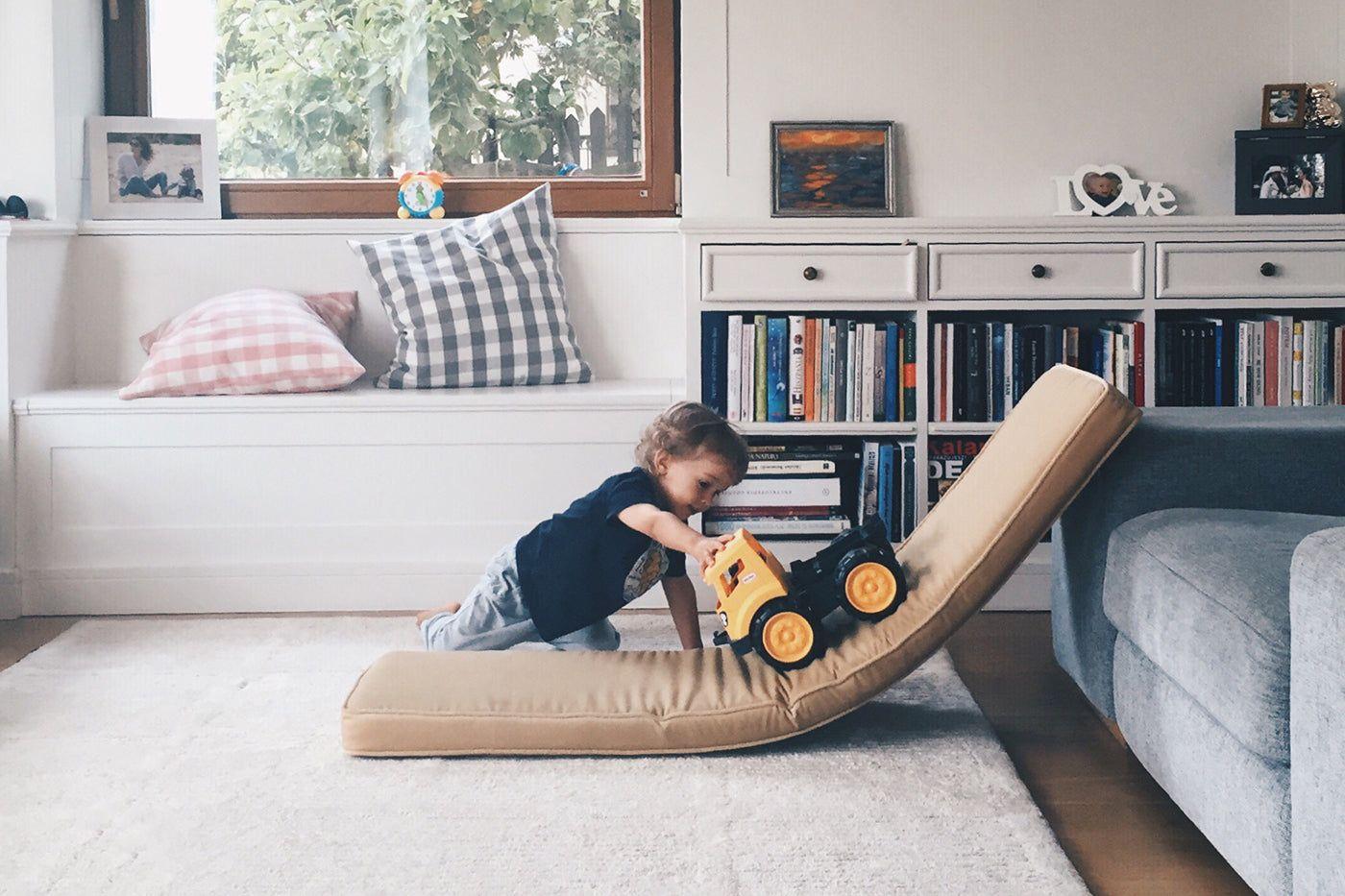TODDLER
How to Encourage Independent Toddler Play
Playing independently is an important skill for toddlers to learn—here is how to teach it!

Written by
Dr. Harvey Karp

SHARE THIS ARTICLE
PARENT PICKS
Bestsellers
TODDLER

Written by
Dr. Harvey Karp

SHARE THIS ARTICLE
Bestsellers
Toddlers are crazy about their parents…in your toddler’s eyes, you are the coolest person who has ever walked the planet. That is why, when it comes time to play, they clamour for your attention like fans at their favourite rock-star’s show. You are the ultimate playmate!
As flattering as that may be, learning to play alone helps toddlers grow into independent little humans. Not to mention, sometimes you need a little break from play…after all, a happily playing toddler gives you a chance to fold laundry or whip up lunch. So, how do you begin to encourage your toddler’s independent play?
To get your toddler used to playing independently, try this twist on patience stretching. Patience stretching is a method I use to help teach toddlers to wait patiently and control their impulses…it is also the basis for one of my favourite sleep-training techniques, Twinkle Interruptus, for kids who just do not want to go to bed. With this method you would gradually stretch your child’s ability to wait…or in this case, play independently.
Here is how to use patience stretching to teach independent play: When your child asks you to play with them, start playing as usual. Then, mid-play, say 'Oh! Mummy forgot something, I will be right back.' And, turn away while you pretend to do something for 5 seconds. Next, turn back and immediately give your child praise, saying 'Wow, wonderful waiting!'
Little by little, stretch the waiting time more and more (10 seconds to 30 seconds to 60 seconds, and so on). If you practice this frequently, your little one will get used to playing without you.
Another approach: Use a timer. During a calm play period, show your toddler how the timer works ('When Mr. Dinger Dings, Mummy comes back fast, and while you wait for Mummy to come back, you can have so much fun playing!') When the timer rings, come back right away, and give your child praise. Gradually, increase the waiting period.
And, along with training your toddler, you may need to work on training…yourself! When you see your toddler struggling, playing with something the 'wrong way,' ignoring a toy you think they would really like, or making a mess, you may find yourself tempted to insert yourself. Try to fight that instinct! The more you jump in, the harder it will be for them to get used to playing independently. They might come to expect—or rely on—Mum or Dad to swoop in.
While learning to play independently is a gradual process, it is a valuable skill for toddlers to master…and it can be helpful for parents too. Because as your toddler learns to tinker solo…you can tackle more and more of your to-do list!
Disclaimer: The information on our site is NOT medical advice for any specific person or condition. It is only meant as general information. If you have any medical questions and concerns about your child or yourself, please contact your health provider. Breastmilk is the best source of nutrition for babies. It is important that, in preparation for and during breastfeeding, mothers eat a healthy, balanced diet. Combined breast- and bottle-feeding in the first weeks of life may reduce the supply of a mother's breastmilk and reversing the decision not to breastfeed is difficult. If you do decide to use infant formula, you should follow instructions carefully.